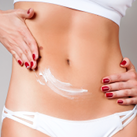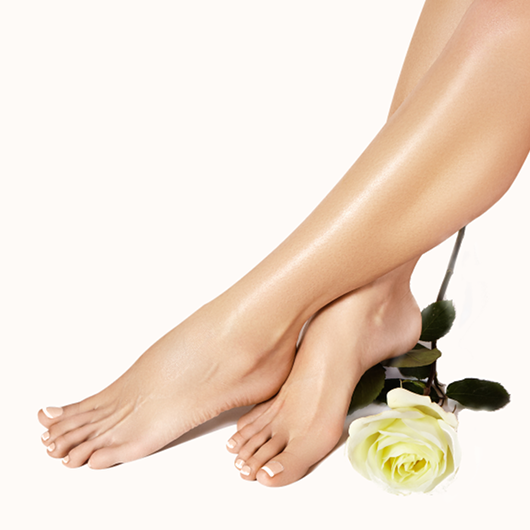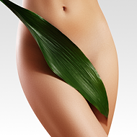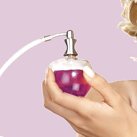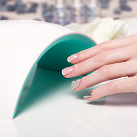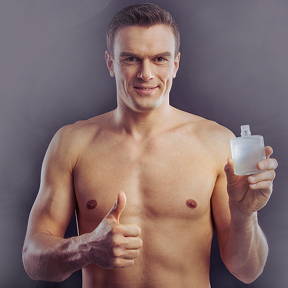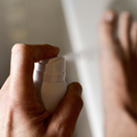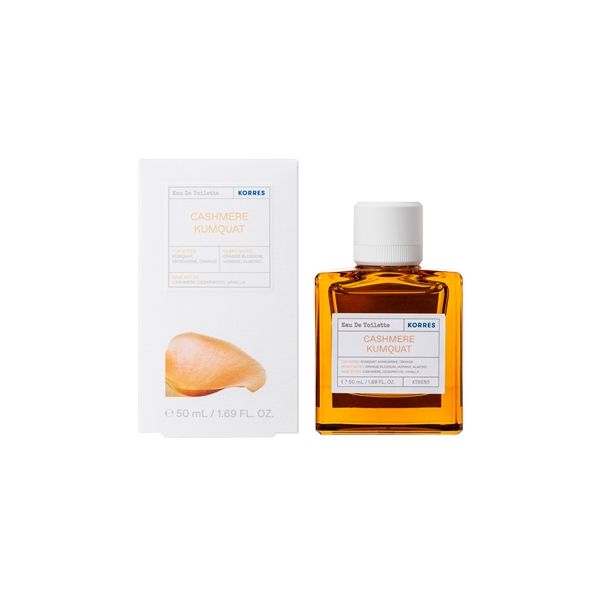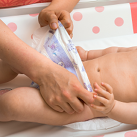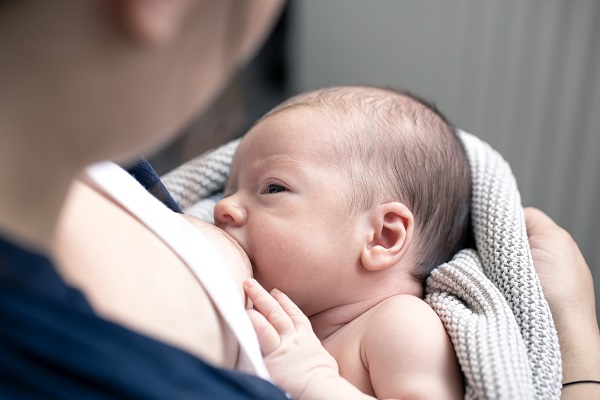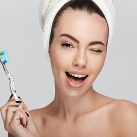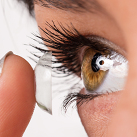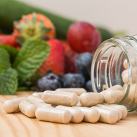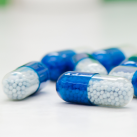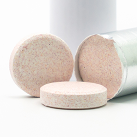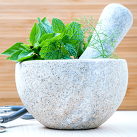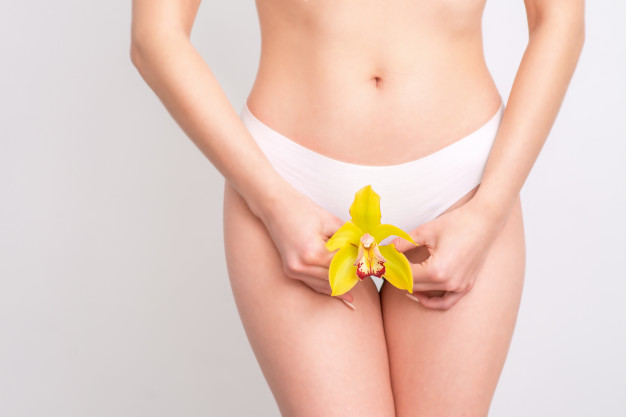Blog
The hygiene of the Intimate Area
The use of female sensitive area products requires compatibility with the physiology of women’s genital system and special provision, so that the ph stability and humidity of the area is not affected.
The natural flora of the vagina
Under normal conditions, some areas of the female genital system, such as the endometrium cavity, the fallopian tubes, the ovaries, the bantholin glands and the Skene glands are pure of bacteria, while other areas, such as the vagina, the vulva and the cervix include a variety of harmless bacteria, which cannot cause health problems to women and do not threat the natural flora.
The natural flora of the female system has a dynamic balance that changes over the years, from birth to menopause.
During puberty, when menstruation begins, the female genital system starts to produce vaginal and cervical secretions. Lactobacillus are responsible for the reduction of the genital area ph (under 4,7), metabolizing the glycogen to lactic acid.
In addition, some lactobacillus produce hydrogen peroxide, which act as a natural disinfectant and destroys a big amount of harmful microorganisms.
During menstruation, quantitative changes of the flora, with a total reduction of bacteria (especially of the lactobacillus) are noticed.
More specific, on the productive phase there is an augmentation of the Bacteroid species, while the concentration of the aerobes is reducing by 100 times per week, before the menstruation begins.
During pregnancy, there is a progressive reduction of the anaerobes and a simultaneous augmentation of the lactobacillus, while the aerobes stay on a stable amount, except the significant reduction of the E. Coli. It is possible that the specific changes happen due to the variation of the ph level and glycogen concentration and the increased vascularity of the vaginal glands. Six weeks after labor the flora has already returned to its normal situation.
The traits of everyday use products
A product suitable for everyday use should have the traits below:
- It should be compatible with the ph of the area (5 for women in reproductive age, 7 for girls in pre puberty age and women after menopause).
- It should not affect the hydrolipidic coating of the vulvovaginal area (alkaline soaps and other hard cleaners should be avoided).
- It should not contain pigments, aromatic substances and other preservatives that can cause irritations.
Products of higher acid levels can cause the development of Candida fungis, which is the main cause of vaginitis (Candidal vulvovaginitis).
As for the cosmetic part of the vaginal care, there is a big variety of available products:
- Dermatologically tested soap bars, suitable for the cleansing of the sensitive area.
- Gels and Lotions
- Cleansing foams, which are the best option for women in menopause, since their pituitary gland is more prone to infections.
Many hydrating and soothing solutions can be used additionally.
Useful advice:
- Not only the lack of cleansing of the vaginal area, but also the overuse of unsuitable cleansing products can harm the natural flora of the area and develop a germ prone habitat, causing painful irritation or even infections.
- Hard water, washes with alkaline cleansing factors or lack of washes can affect the hydrolipidic coating of the vulvovaginal area.
- It is important that all cleansing solutions be removed with meticulous wash.
- One wash per day is enough to retain the hygiene of the area, but in conditions of intense sweating, more washes are necessary.
- The early change of pads or tampons is mandatory to retain the good health of the vulvovaginal area.
- After labor, the decrease of hormone levels, in addition to the injuries caused by the process, can change of the vaginal microbe balance, thus lead to yeast infections.

 Ελληνικά
Ελληνικά

